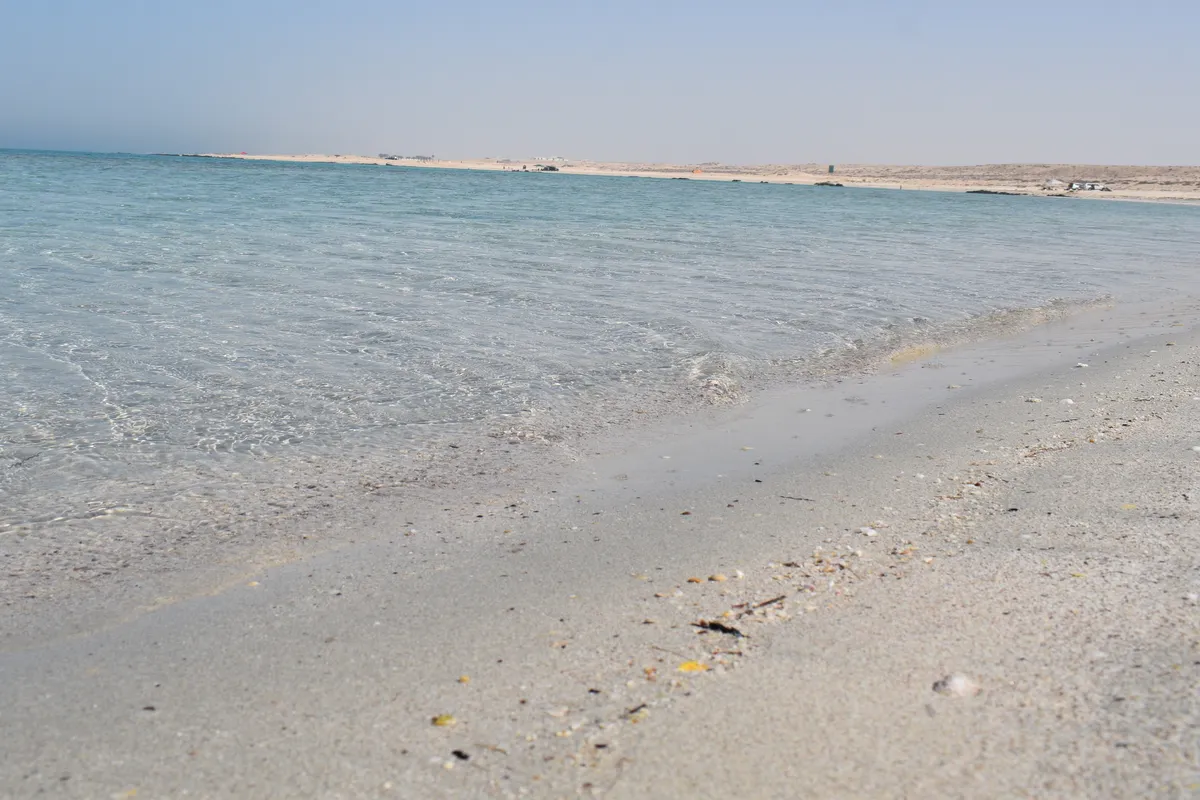Tidal energy has long been touted as a promising source of renewable energy, offering the potential to harness the power of the ocean to create clean, sustainable electricity. In this blog post, we will take a deep dive into the pros and cons of tidal energy, examining its uses, advantages, and disadvantages. We will also explore where tidal energy is most commonly used and its future prospects, providing a comprehensive overview of this fascinating energy source.
What is Tidal Energy and its Uses
Tidal energy refers to the conversion of the natural movement of ocean tides into electricity. This energy source takes advantage of the gravitational pull of the moon and sun on Earth, which causes tides to rise and fall [1]. The two main methods for harnessing tidal energy are tidal barrages and tidal stream systems.
Tidal energy is primarily used for electricity generation. Tidal power plants generate electricity by capturing the movement of water during tidal changes, either by using underwater turbines or through a barrage system [2]. Additionally, tidal energy can contribute to coastal protection by helping to manage water levels in estuaries and lagoons.
Advantages of Tidal Energy
Tidal energy offers several benefits, making it an attractive renewable energy source:
- Renewable and sustainable resource: Tidal energy is derived from the natural movements of the Earth, moon, and sun, which makes it a virtually inexhaustible source of energy.
- Predictable energy source: Unlike solar or wind power, which can be influenced by weather conditions, tidal energy is highly predictable, as the timing and magnitude of tides are known in advance [3].
- Low environmental impact: Tidal energy systems produce minimal pollution, making them an environmentally friendly option compared to fossil fuel-based energy sources.
- Three unique features of tidal energy: These include tidal range (the vertical difference between high and low tide), tidal current (the horizontal movement of water during tidal changes), and tidal lagoon (an enclosed area used to capture and release water for generating electricity).
Disadvantages of Tidal Energy
Despite its advantages, tidal energy has several drawbacks that must be considered:
- High initial costs: Building tidal power plants, particularly barrages, requires significant upfront investment [4].
- Limited suitable locations: Tidal energy generation is dependent on areas with high tidal ranges or strong tidal currents, limiting its global applicability [5].
- Environmental concerns: Tidal power plants can potentially impact marine life, disrupt ecosystems, and alter sediment transport.
- Inflexible energy production: Electricity generation is tied to the timing of tides, which may not always align with peak energy demands [6].
- Maintenance and potential technology issues: Tidal power systems are exposed to harsh marine environments, which can increase maintenance costs and lead to technology challenges.
- Why tidal energy is expensive: The high initial costs, limited suitable locations, and maintenance requirements contribute to the overall expense of tidal energy projects.
Tidal Energy Around the World
- Largest producer of tidal energy: France currently leads the world in tidal energy production, primarily due to its La Rance Tidal Barrage plant [7].
- World leader in tidal energy technology: The United Kingdom has made significant advancements in tidal energy technology, with several innovative projects and research facilities [8].
- Largest tidal project in the world: The Sihwa Lake Tidal Power Station in South Korea is currently the world’s largest tidal power plant [9].
- Number of tidal plants globally: As of 2021, there are around 30 operational tidal power plants worldwide, with many more in various stages of planning and development.

The Future of Tidal Energy
Technological advancements and increased focus on renewable energy sources are likely to drive the expansion of tidal energy in the coming years. Innovations in turbine technology, materials, and energy storage solutions could help overcome some of the current limitations, making tidal energy more economically viable and widely adopted.
Governments and private organizations are also investing in research and development to explore new ways of harnessing tidal energy, improve efficiency, and minimize environmental impacts. As part of a diversified energy portfolio, tidal energy has the potential to play a significant role in meeting global energy demands while reducing greenhouse gas emissions and combating climate change.
Addressing Common Questions about Tidal Energy
Is tidal energy a good source of energy?
Tidal energy offers several advantages, such as being renewable, predictable, and low in pollution. However, it also has drawbacks, including high initial costs and limited suitable locations. Its viability depends on local factors and advancements in technology.
Is tidal energy recyclable?
Tidal energy is a form of renewable energy, meaning it is derived from a naturally replenishing source. It is not recyclable in the traditional sense, as the energy is directly converted into electricity rather than being reused or recycled.
Who invented tidal energy?
The concept of harnessing tidal energy dates back centuries, but the first modern tidal power plant was constructed in France at La Rance in 1966.
Two additional disadvantages of tidal power
Limited operational history can make it difficult to predict long-term performance, and the construction of tidal power plants may increase coastal erosion in some areas.

Comparing Tidal Energy to Other Energy Sources
Tidal energy has its strengths and weaknesses when compared to other renewable energy sources, such as solar, wind, and hydropower. Solar and wind energy systems can be more easily scaled and installed in a variety of locations. However, they are less predictable and more reliant on weather conditions. Hydropower, like tidal energy, is highly predictable and has a low environmental impact but requires specific geographic conditions for optimal performance.
Each energy source has its unique set of advantages and disadvantages. It is crucial to assess the suitability of these sources based on local conditions, technological advancements, and environmental impact to create a balanced and diversified energy portfolio.
Conclusion
Tidal energy offers several benefits, including its renewable nature, predictability, and low environmental impact. However, it also faces challenges such as high initial costs, limited suitable locations, and potential environmental concerns. As technology advances and the global focus on renewable energy sources grows, tidal energy is likely to become an increasingly important part of the world’s energy mix.
It is crucial for individuals, communities, and governments to stay informed and engaged in discussions about renewable energy sources, including tidal energy, to build a sustainable future. By understanding the advantages and disadvantages of tidal energy, we can make informed decisions about how best to harness its potential.
Additional Resources
For further information on tidal energy, consider exploring the following resources:
- International Renewable Energy Agency (IRENA)
- Ocean Energy Systems (OES)
- European Marine Energy Centre (EMEC)
- The US Department of Energy – Water Power Technologies Office
- World Energy Council
These organizations and resources can provide up-to-date information, research findings, and insights into the development and deployment of tidal energy projects worldwide. By staying informed, we can better understand the role of tidal energy in our pursuit of a sustainable and clean energy future.

